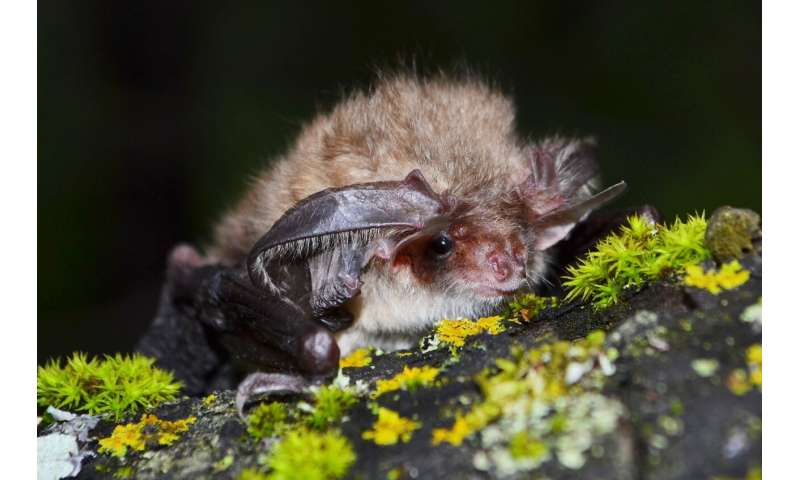Bat Swarming in Eastern Siberia Has Been Studied for the First Time

Siberia is a remote and mysterious region that can be quite difficult to explore. Siberian bats are small and secretive and therefore even more difficult to study. A team of Russian scientists including a representative of Tyumen State University managed to study bat swarming in the Baikal region for the first time. The work was published in the Acta Chiropterologica journal.
Bats are the creatures of folklore and myths, but in reality, we know little about these nocturnal animals, mainly because they are extremely difficult to study. They are almost invisible in the night time and can be heard only with special devices. One of the most efficient methods to collect the data on bats is the use of nets made of thin but strong nylon threads. The animals get tangled in them, and after that, they can be examined, weighed, and released. No damage is done to the animals in the process. To obtain the most accurate data, the bats should be caught in large quantities which is extremely difficult. Bats actively fly around in the night time and don't have specific routes. Therefore, the places for setting up the nets should be chosen carefully.
The best time to collect information about bats is the swarming season when the bats gather at the entrances of caves in large masses. They fly in and out, and a part of them gets caught in the nets. This method was used by the Russian scientists to study bat swarming in the Baikal region for the first time. The extensive study took place in 2015-2017. Within this period of time, the team studied three Siberian caves: Mechta (in July), Dolganskaya Yama (in August and September) and Okhotnichya (in September). Unfortunately, solutional caves are hard to access, and the climate in the region is harsh, therefore it was impossible to carry out the study all the swarming season. The researchers caught over 1,500 bats, identified their species, sex, age, and weight. 85% of seven species of caught bats were Siberian long-eared bats (Plecotus ognevi). Others included northern, long-tailed, Ikonnikov's, Siberian, and Siberian tube-nosed bats.
Males were caught more often, as females are occupied with rearing young bats during summer and start their migration to the swarming sites later. The balance of males and females is established only by the end of the swarming season and is considered a sign of forthcoming hibernation. The age structure also changed over time. Young animals were rare in August, but by September their share reached up to 30%. This is due to the fact that young bats do not participate in the breeding process and therefore migrate to swarming sites later than the adults.
It is not entirely clear why bats gather at cave entrances. However, the majority of studies suggest that swarming sites act as hotspots of gene flow, i.e. main function of swarming is mating. Caves may also be resting points along bat migration routes. It is also possible that adult females swarm to lead young bats to hibernation sites.
"We expect to expand our understanding of autumn swarming in Eastern Palaearctic. We would also like to study spring bat swarming that has previously been observed only in Europe. We might use radio transmitters to monitor the animals. It could help us understand how long they stay at swarming sites and what summer roosts they use. We plan to study the population structure of some species using molecular and genetic methods" said Denis Kazakov, master student of the Institute of Biology, Tyumen State University.
Among the participants of the work, there were scientists from Tyumen State University and Irkutsk State Medical University and employees from Federal State Budgetary Institution "Zapovednoe Pribaikalye" (Irkutsk) and Center of Children's Complementary Education and Evenkis' Folk Crafts.
More information:
Denis Kazakov et al. Bat Swarming in the Eastern Palaearctic (Eastern Siberia), Acta Chiropterologica (2019). DOI: 10.3161/15081109ACC2018.20.2.013
Provided by University of Tyumen